The China Energy Modeling Forum launched the "CEMF03 Theme Research: Facing 2035 Low-Carbon Development and the Goal of 'Beautiful China'", trying to explore the feasible path to realize the low-carbon development of "Beautiful China 2035" on the academic platform of the Modeling Forum, and realize economic development and decoupling of carbon emissions. The Model Forum hopes to give full play to its own unique side and comparative advantages, identify the key factors affecting the development of models, open up the channel between models and decision-making levels for the purpose of serving policies, strengthen the uncertainty analysis in 2035 research, and integrate various Influencing factors in various aspects, expand ideas for feasibility analysis, and pay attention to the impact of emergencies such as the new crown epidemic on future social development.
On July 13, the CEMF Academic Committee held the 5th plenary meeting to fully discuss "CEMF03 Theme Research: Towards 2035 Low-Carbon Development and the Goal of 'Beautiful China'", and clarified the research focus of CEMF03. The views of the academic committee members are summarized as follows:
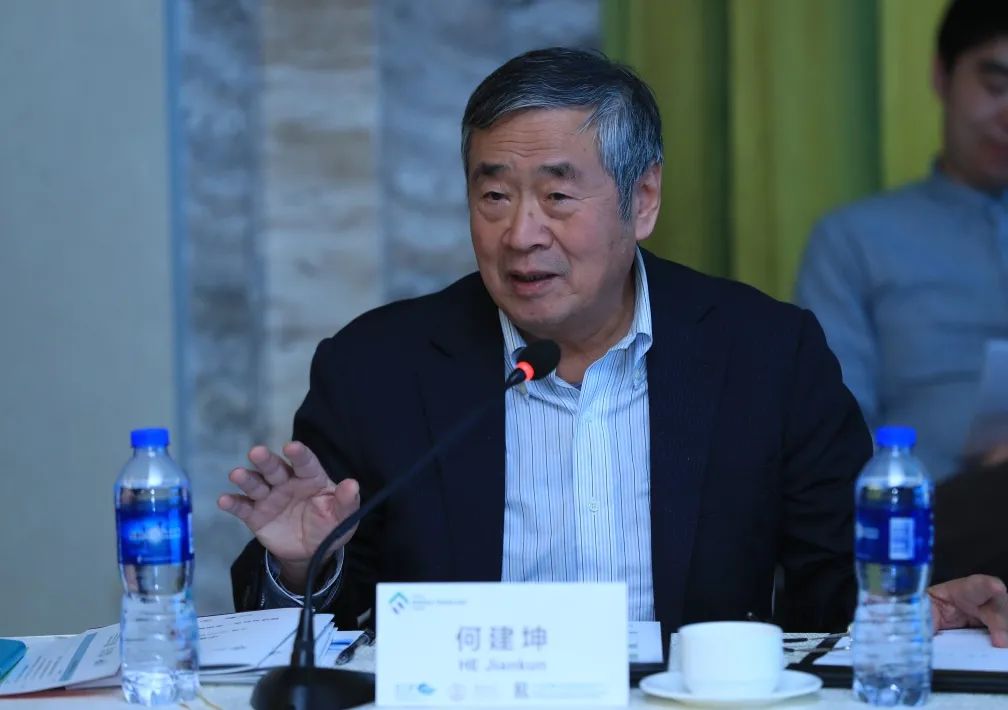
Under the platform framework of the China Energy Modeling Forum, it is of great significance to carry out the research on 2035 low-carbon development and the goal of a beautiful China (CEMF03). 2035 is a critical time point for China's two centennial goals. From the perspective of addressing climate change, according to the goals and strategies of 2035 modernization, it can further strengthen the country's 2030 Nationally Determined Contribution (NDC) goals and scenarios, and at the same time promote the "beautiful China" "The construction and the fundamental improvement of the ecological environment. Carrying out 2035 research involves many issues. It is necessary to focus on the main issues, such as building modernization, improving the ecological environment, responding to climate change, and realizing low-carbon transformation, etc., and conduct in-depth and detailed research in order to put forward practical policy recommendations. Pay attention to the following points
1. Do not forget the original intention, give full play to the essential work of the model forum, rely on the research foundation of 2030 and 2050, continue to strengthen the application of models and research methods, make the model construction application better combined with actual policies, and discuss and simulate major issues and analysis to make the model more alive. 2. Strengthen the communication and comparison between different types of models, promote the openness and transparency of model parameters, and clarify the thinking logic and parameters behind the model results. This will help promote the development of our domestic energy models and methodologies, and also benefit the international exchanges and in-depth understanding of the scenarios put forward by various countries and mutual trust. 3. Strengthen the innovation and application of model methodology. 4. Pay attention to the development of innovative or revolutionary or subversive technologies, and their support for low-carbon transformation and model development. 5. Strengthen the international exchange and benchmarking of model methodology, highlight the highlights of CEMF03, and focus on reflecting the practicability of the research results.
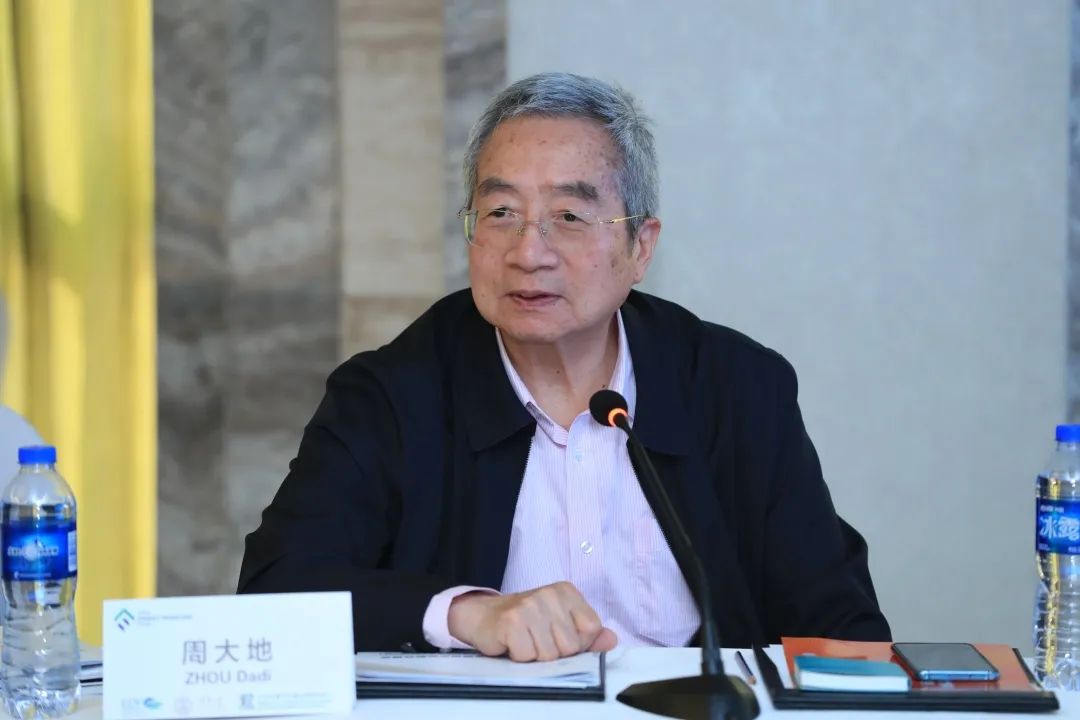
It is of great significance to research on 2035. At present, climate change is relatively serious, but from the perspective of the international situation, a consensus has been reached on incorporating climate change into the content of national development as soon as possible and accelerating low-carbon transformation. Relevant domestic departments have basically reached a consensus on low-carbon transformation and development, renewable energy, energy-saving technologies, and restrictions on coal. However, no binding or targeted planning goals have been proposed yet. There is still a certain distance to achieve the 2-degree goal. Through CEMF03 research, the formation of the concept of low-carbon transformation can be really accelerated, and become a major decision-making and goal of economic and social development, so as to achieve the goal of addressing climate change and the sustainable development of society. It is recommended to focus on the following aspects:
1. Pay attention to the economic forecasting function of the model, and do not be an interpreter of existing economic expansion or economic growth forecasts. 2. The goal for 2035 should be set based on the stage of China's social and economic development in the next 15 years, and the goal should be suitable for social and economic development at that time. 3. Seriously discuss why China takes low-carbon development and low-carbon transformation as the basic content and leading indicators of major ecological civilization construction and major green development. 4. Learn from international experience, refine the scenario analysis, explore the development templates in different fields such as construction and transportation in the next 15-30 years, strengthen the quantitative analysis of the terminal part, and describe the development status of the future society. 5. Give full play to the advantages of CEMF in international exchanges, exchange and share the content of 2035-related research at different levels and fields, expand ideas, increase external publicity, and promote relevant institutions to incorporate scientific discussions on 2035 into the decision-making process and procedures. Develop a more connotative 2035 green and low-carbon development scenario, use modeling tools to better describe the social form in the next 15-30 years, and provide support for my country's ecological civilization construction and the realization of the goal of a beautiful China.
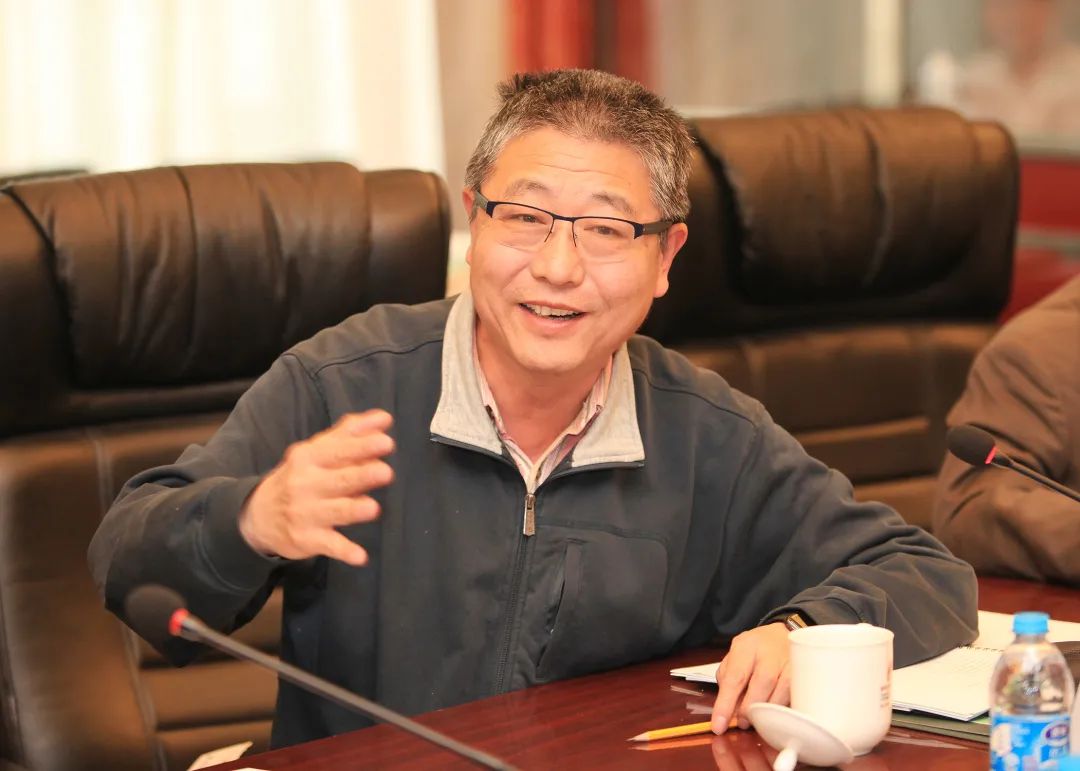
Give full play to the characteristics of engineering disciplines to promote model research, analysis and prediction to be more practical and reflect the actual situation. From an international perspective, Europe, the United States, etc. have formulated relevant policy objectives for the withdrawal of fossil energy, and the construction of a new energy technology system will definitely have an impact on the entire social and economic system. How are these factors reflected in the predictive analysis of the model? To the realization of the 2035 goal, these are very critical for us to carry out 2035 research in particular:
1. To sort out the relationship between low-carbon development and economic development. 2. Pay attention to the role of high-tech fields in the future low-carbon and social and economic development, such as IT and AI fields, whether the development of these technologies can be reflected in our model, how it will affect low-carbon development, and how will it affect our decision-making . 3. Increase investment in green and low-carbon technologies to promote the green recovery of the economy after the epidemic. 4. Strengthen the research on freight cars and inland waterway transportation, change the existing freight mode, and accelerate the electrification of the transportation system.
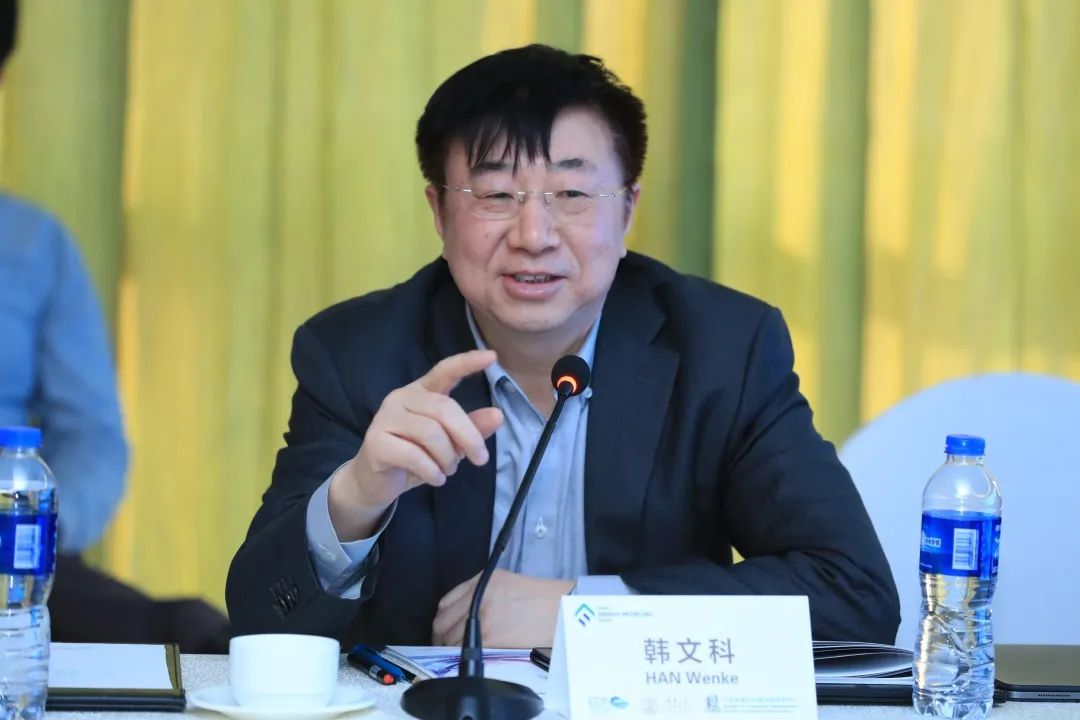
The research on the 2035 target is very challenging. It is necessary to conduct in-depth and clear research on related issues, reflect the differences between 2035, 2030 and 2050, clarify the relationship between the 2035 target and China's carbon peak and the 2050 target, and benchmark the international community in The development path in response to climate change, reasonable judgment and set of 2035 goals, so that the 2035 time node can reach a consensus at home and abroad. Model research is a kind of analysis, judgment and simulation of the future, and it is also a guiding analysis for the future. The development of the current situation has brought new challenges to model construction and scenario analysis. Model building and scenario design in 2035 need to focus on the following aspects::
The first is to consider the changes in international political, economic, and geopolitical trends under the current world's major changes unseen in a century, as well as their impact on model forecasting methods and scenario design. The second is to consider the impact of sudden factors such as the epidemic on energy transition and economic transition in the model. The third is to consider the impact of new concepts and new things such as new infrastructure on low-carbon development in the model. In short, we will face various unknown problems during the transformation process. Therefore, in the research process of the 2035 goal, we must set model parameters reasonably, reflect the tortuousness and complexity of the transformation process, pay attention to different constraints, and in-depth Research and analysis to avoid disconnection with the real situation and increase the credibility of model research.
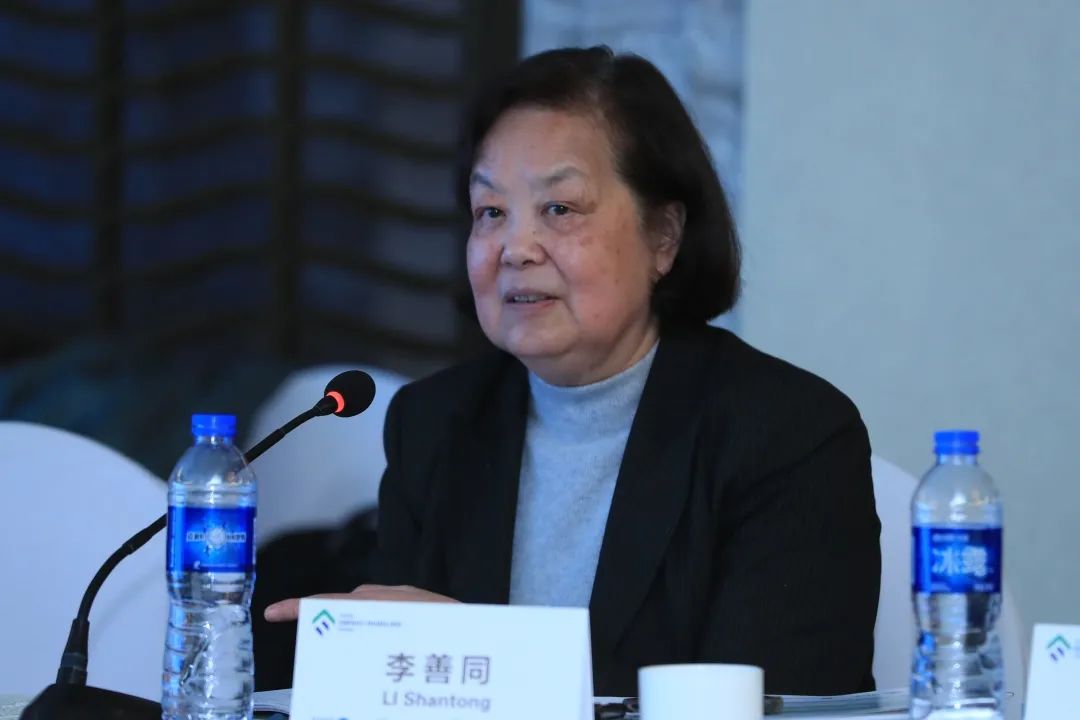
The CEMF03 study will use different quantitative analysis tools to conduct multi-objective, multi-path, and multi-time collaborative analysis in order to better understand the development trajectory of China's future society, and is committed to connecting the goals of Beautiful China 2035 with the global climate environment and sustainable development. The channel of sustainable development goals builds a bridge between the 2035 goals of Beautiful China and the 2030 and 2050 climate and sustainable development goals in the time dimension, effectively connecting the two centennial goals.

